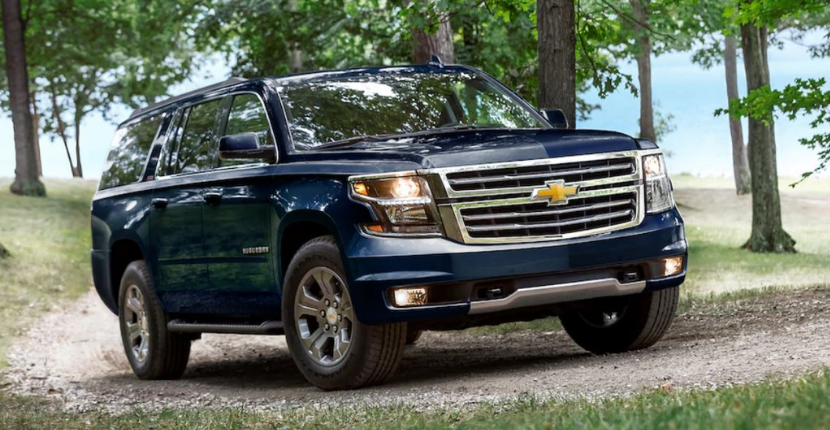Handling the Toughest Driving Conditions
Apple Newsletter, December 2009
Simple steps to help deal with dicey roads.
Winter presents many challenges for vehicle owners, not the least of which are lower temperatures, longer nights and changeable road conditions. Added together, the months ahead are certain to produce their share of frustrations.
Fortunately, there are some preparatory steps drivers can take to better equip their vehicles – and themselves.
One of the most important and most often overlooked aspects of vehicle preparation is the selection of the proper tires. Many drivers are under the impression that all-season tires are capable of handling both summer and winter driving while “snow” tires or winter tires are reserved for those who reside in regions of the country where accumulated white stuff is a daily fact of life. You may be surprised to learn that all-season rubber isn’t formulated to handle low temperatures in the same way that winter rubber is. Once the mercury starts to drop, all-season tires begin to stiffen up and lose the grip that is so critical to maintaining stability while driving. In fact, below 45 degrees Fahrenheit, vehicles equipped with all-season tires take an average of 30 percent more distance to come to a complete stop than those sporting winter tires. At temperatures below the freezing point, this number is magnified significantly, even in the complete absence of snow. If you live in an area where temperatures routinely drop below this level, you should seriously consider investing in a set of winter tires.
 There are a few other safety considerations that can make a difference in your winter bliss behind the wheel. Most of the fluids in your vehicle, like gasoline, oil and those found in the transmission will be content to operate in colder temperatures. Fluids that contain water, however, should be checked in order to make sure they can withstand a serious chill. The windshield washer reservoir should be filled with a fluid that is advertised as containing enough alcohol to avoid turning into a solid overnight – an easy enough change to make. Radiator fluid is a little more complicated, as it requires a test to ensure that it is still capable of protecting your engine without freezing at low temperatures. Your dealer’s service department is well equipped to ensure all your vehicle’s fluids are winter-ready.
There are a few other safety considerations that can make a difference in your winter bliss behind the wheel. Most of the fluids in your vehicle, like gasoline, oil and those found in the transmission will be content to operate in colder temperatures. Fluids that contain water, however, should be checked in order to make sure they can withstand a serious chill. The windshield washer reservoir should be filled with a fluid that is advertised as containing enough alcohol to avoid turning into a solid overnight – an easy enough change to make. Radiator fluid is a little more complicated, as it requires a test to ensure that it is still capable of protecting your engine without freezing at low temperatures. Your dealer’s service department is well equipped to ensure all your vehicle’s fluids are winter-ready.
After the hazards presented by the freezing cold, corrosion is often the next most-cited concern by drivers worried about how their vehicles will react to all of the moisture and the road treatments meant to deal with slippery travel. Road salt itself is not such a bad thing for a vehicle’s steel panels, floors and frame, but when combined with moisture, it can really do a number on a car or truck’s structural integrity. A good strategy for combating the corrosive effects of road salt is to blast it off your car’s exterior and undercarriage periodically at a carwash, either a touchless unit or a “wash it yourself” installation that uses high pressure hoses. If you have a heated garage with good drainage, then you can even do this at home.
For areas where road salt is used as liberally as possible, you may want to consider a form of undercoating to act as a barrier between the chemical and your car or truck’s steel. There are many different types of undercoating out there. Make sure to do your research before choosing a particular type of undercoating – some are so thick that over time, they can trap moisture and salt between the coating and the floor and actually increase corrosion. Sometimes even a light spraying of oil on the underside of exposed panels can form enough of a moisture barrier to keep your car safe.
There is no doubt that winter is the roughest season of all when it comes to car care and driver sanity, but with a little preparation, you can sleep better at night knowing that you’ve done your best to protect your vehicle from the worst winter has to offer.


